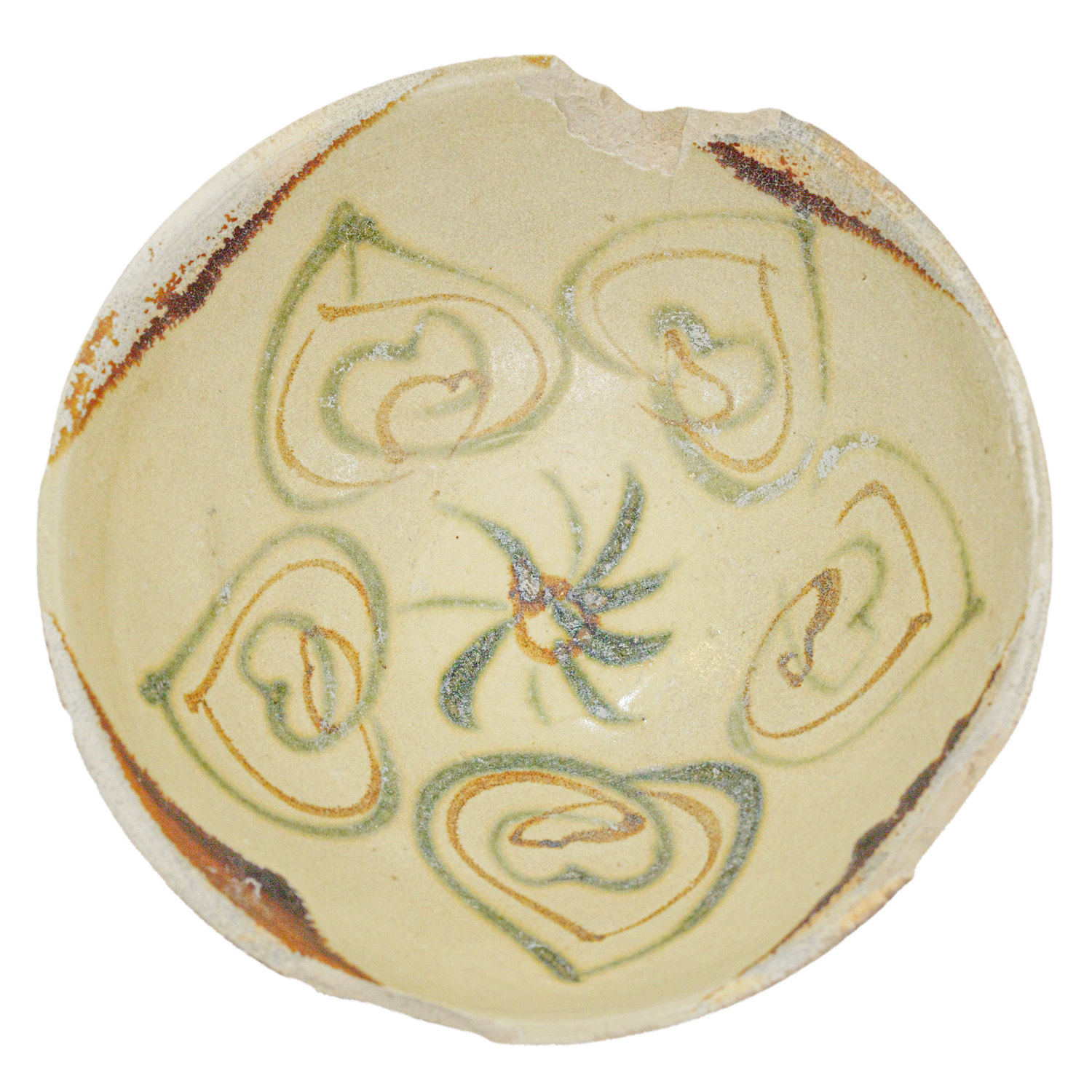
Shipwrecks
Shipwrecks are anchored in the public imagination, their stories of treasure and tragedy told in museums, cinema, and song. At the same time, they are sites of scholarly inquiry, a means by which maritime archaeologists interrogate the past through its material remains.
Every shipwreck is an accidental time capsule, replete with the sunken stories of those on board, of the personal and commercial objects that went down with the vessel, and of an unfinished journey. UNESCO estimates there are 3 million ancient shipwrecks worldwide, with thousands likely in Southeast Asia due to its geographical location at the crossroads of global maritime trade.
Importantly, Southeast Asia is not just a place for transiting but a hub of lively intra-regional trade over many centuries. Shipwrecked objects can survive a surprisingly long time underwater, especially glass and ceramics but also organics like seeds and resin. But these are busy waters, with fishing trawlers, coastal development, and illicit salvagers all posing threats to shipwrecks and their cargos.
The practice of commercial salvage is a controversial and challenging issue in Southeast Asia. The 2001 UNESCO Convention on the Protection of the Underwater Cultural Heritage places a ban on commercial exploitation due to the loss of important archaeological information and context that occurs when objects are recovered quickly and for profit. However, only one country in Southeast Asia, Cambodia, is a signatory to the Convention.
Many of the objects in the SEA-Collections exhibition were recovered from shipwrecks. A Changsha bowl from the 9th century Belitung shipwreck, commercially salvaged from Indonesian waters, offers material evidence of trade between China and the Middle East during the Tang Dynasty (618–907 CE). This bowl, one of over 60,000 ceramic artefacts recovered from the wreck site, represents the industrial scale of Chinese ceramic production and the demand for such goods abroad. The Belitung shipwreck sparked international discussion around the legality and ethics of for-profit salvage versus maritime archaeological excavation, raising concerns over the loss of data, the dispersal of collections, and whether museums should display commercially salvaged objects.
Equally, the ingots with Chinese inscriptions from the 12th century Pulau Buaya shipwreck provides insight into the economic exchanges facilitated by maritime trade. The grinding stone from the Belitung shipwreck adds another layer of understanding to the daily lives and activities of those on board.
These objects collectively underscore the historical significance of shipwrecks as repositories of cultural and commercial exchange, and as finite resources facing a range of threats. Meanwhile, bronze gongs found in shipwrecks throughout Southeast Asia, including in Vietnam, Thailand, Indonesia and the Philippines, were most likely used for maritime navigation, and suggest shared production and wayfaring technologies.
Theme image: Changsha bowls from the Belitung shipwreck. Image by Michael Flecker.




